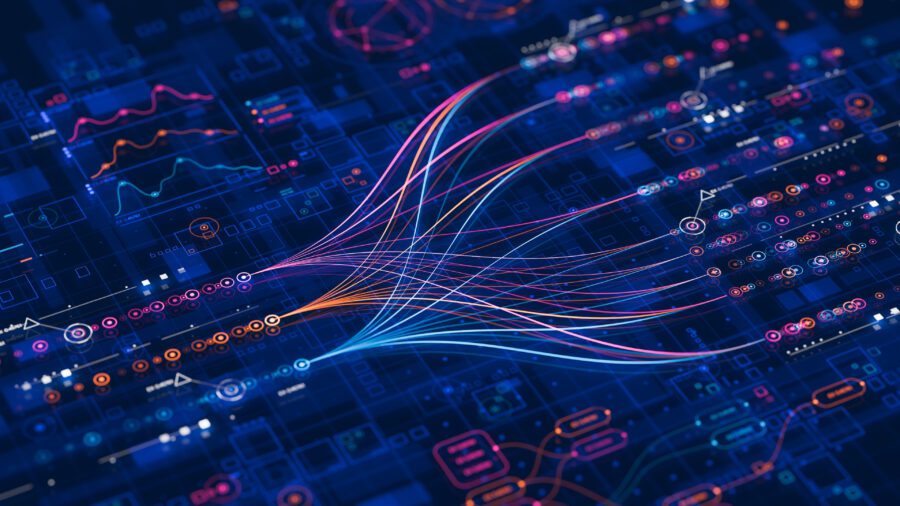
Analysis of the Potential Implications of Retrieval-Augmented Generation (RAG)
Retrieval-Augmented Generation (RAG) is a revolutionary tool in the realm of Artificial Intelligence, enabling large language models to extract real-time, factual data from immense databases to optimize their outcomes. It represents a shift from conventional AI responses that relied on pre-trained guesses, opening up a landscape for accurate and context-rich interactions. However, there are multiple elements to consider when dealing with RAG, especially with regards to structuring vast datasets. This article discusses the potential implications and possible future developments of RAG.
Potential Long-term Implications and Future Developments
Given the current trend and advancements, the utilization of RAG is set to skyrocket in the near future. Various sectors including medical, e-commerce, customer service, and much more are set to benefit immensely from this AI development. The main implications include:
- Increased Information Accuracy: Information accuracy is pivotal in today’s data-driven world. With RAG, the dependency on pre-trained models is reduced, and instead, real-time data drives responses, leading to a more accurate and context-relevant AI response.
- Real-time Data Updates: Unlike the pre-trained models, RAG allows AI systems to take advantage of real-time data, making them more effective and efficient. This implies that businesses will be more equipped to adapt to change and make on-the-spot strategic decisions.
- Enhanced User Interaction: The use of RAG will lead to improved and context-rich user interactions as AI platforms will provide accurate, real-time data-driven responses.
Future Developments
While AI’s future is always unpredictable, the following developments look promising with RAG’s advent:
- Expansion Beyond Text: Currently, RAG operates primarily on text-based information. However, with technology advancing rapidly, we can anticipate the expansion of RAG into audio, video, and image-based data.
- Development of More Accurate AI Models: RAG opens up the possibility of developing more sophisticated AI models that can retrieve and process more complex, segmented data. It may eventually lead to the AI comprehending and rendering human-like responses.
Actionable Advice
For those interested in capitalizing on the benefits of RAG, here are a few tips:
- Proper Dataset Structuring: Ensure that the datasets used are properly structured and segmented. This will allow RAG to find and apply relevant data more effectively.
- Continuous Updating: Regularly updating the AI models and the information fed into them is crucial in ensuring the effectiveness of RAG, given its reliance on real-time data.
- Integration with Existing Technologies: Integrate RAG with the current technologies to create a comprehensive AI strategy that leverages both pre-trained and real-time data models.
In conclusion, the future of AI is progressively leaning towards RAG, with many foreseeable benefits and opportunities. It’s essential for companies and developers to stay ahead of the curve, understand the implications, and adapt their strategies accordingly.
